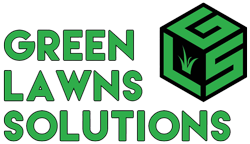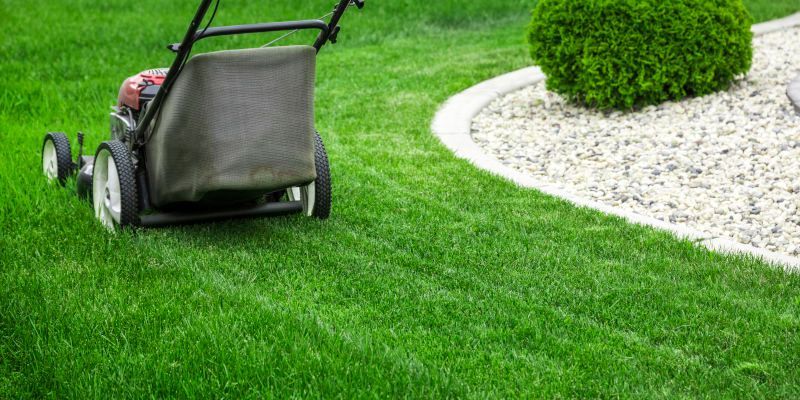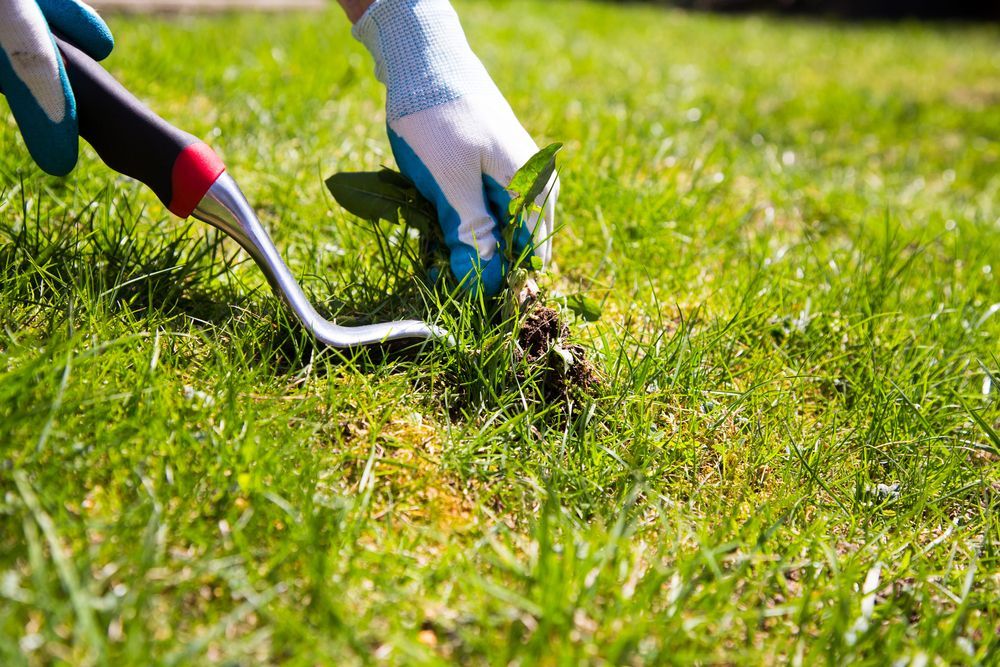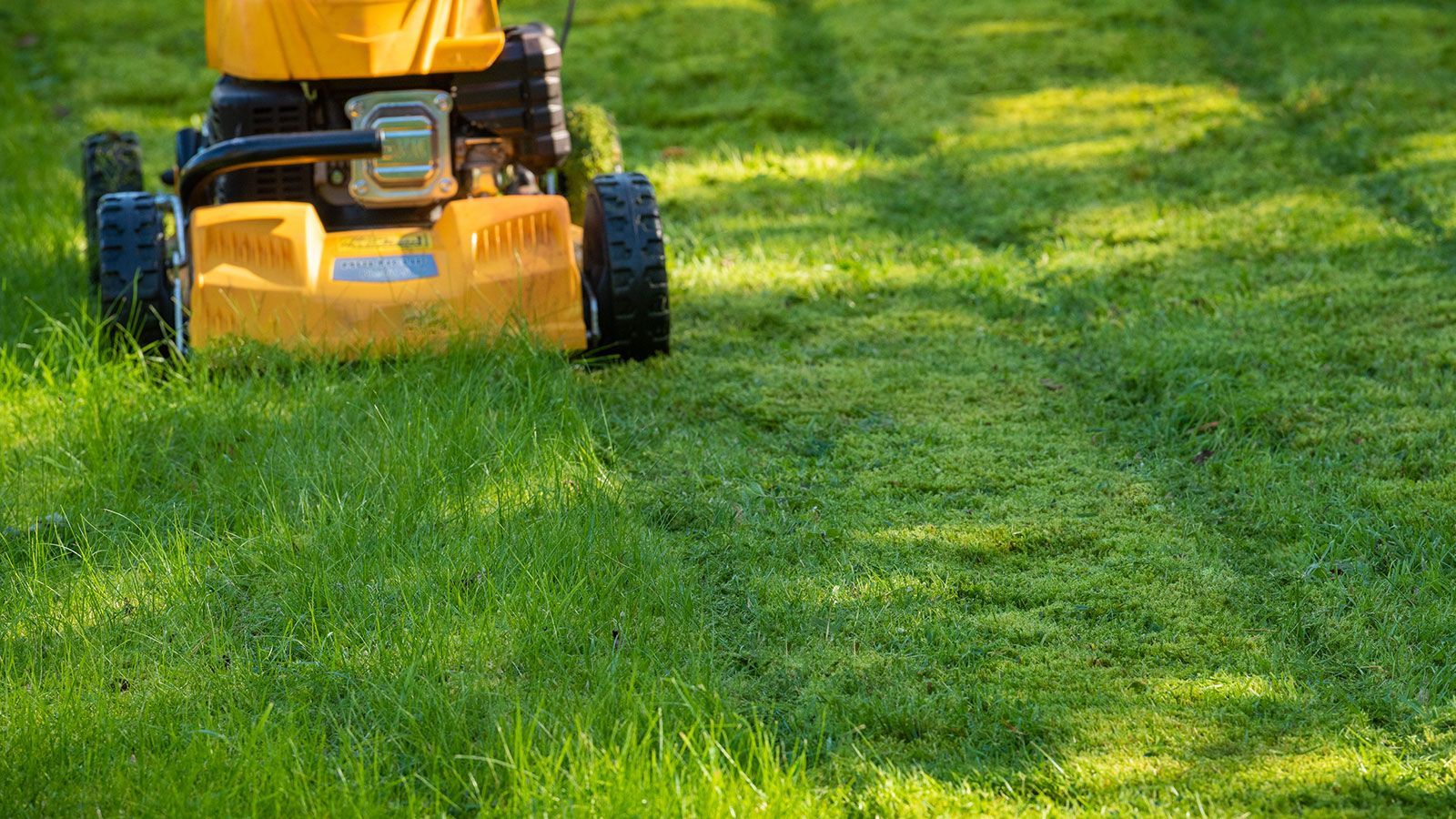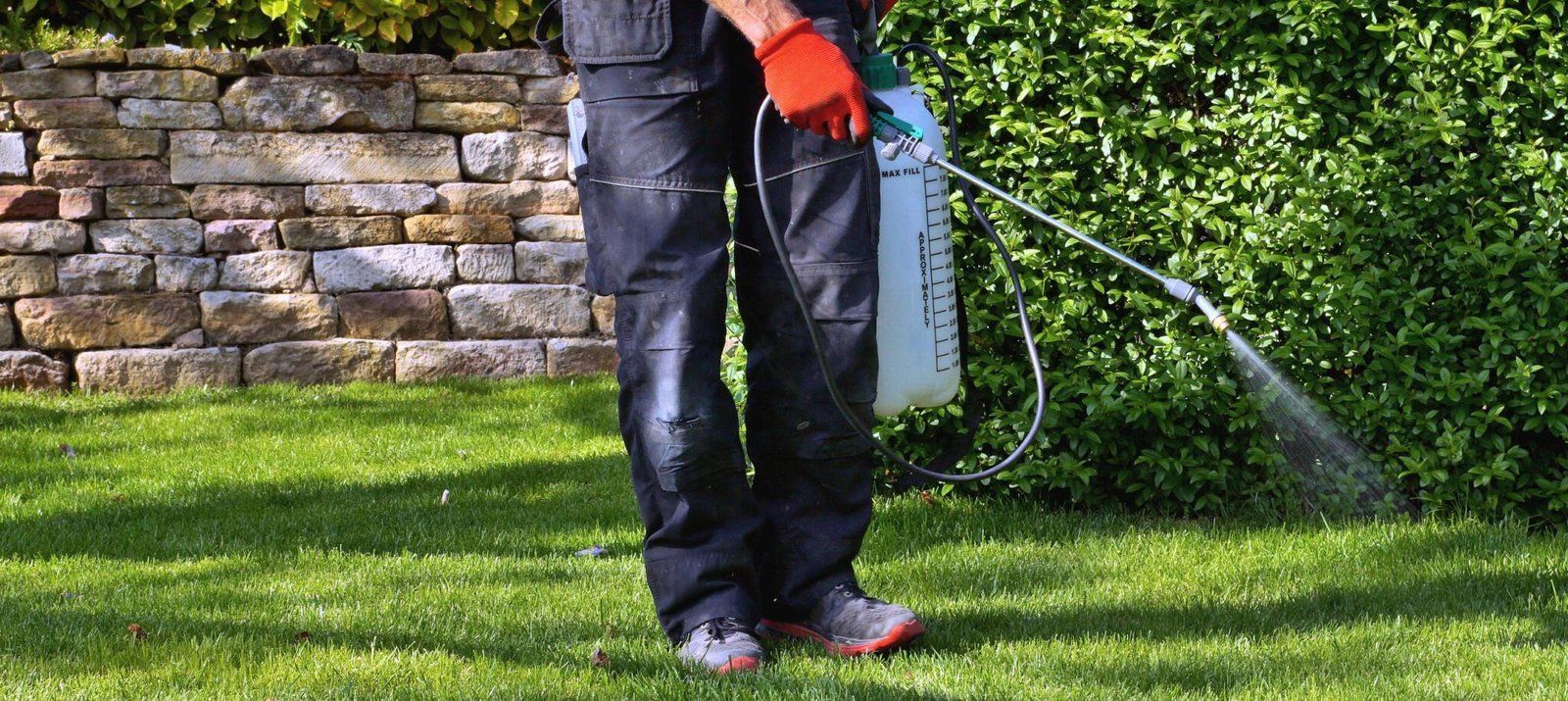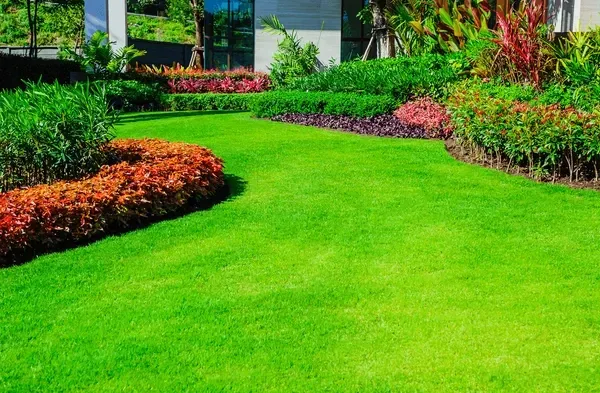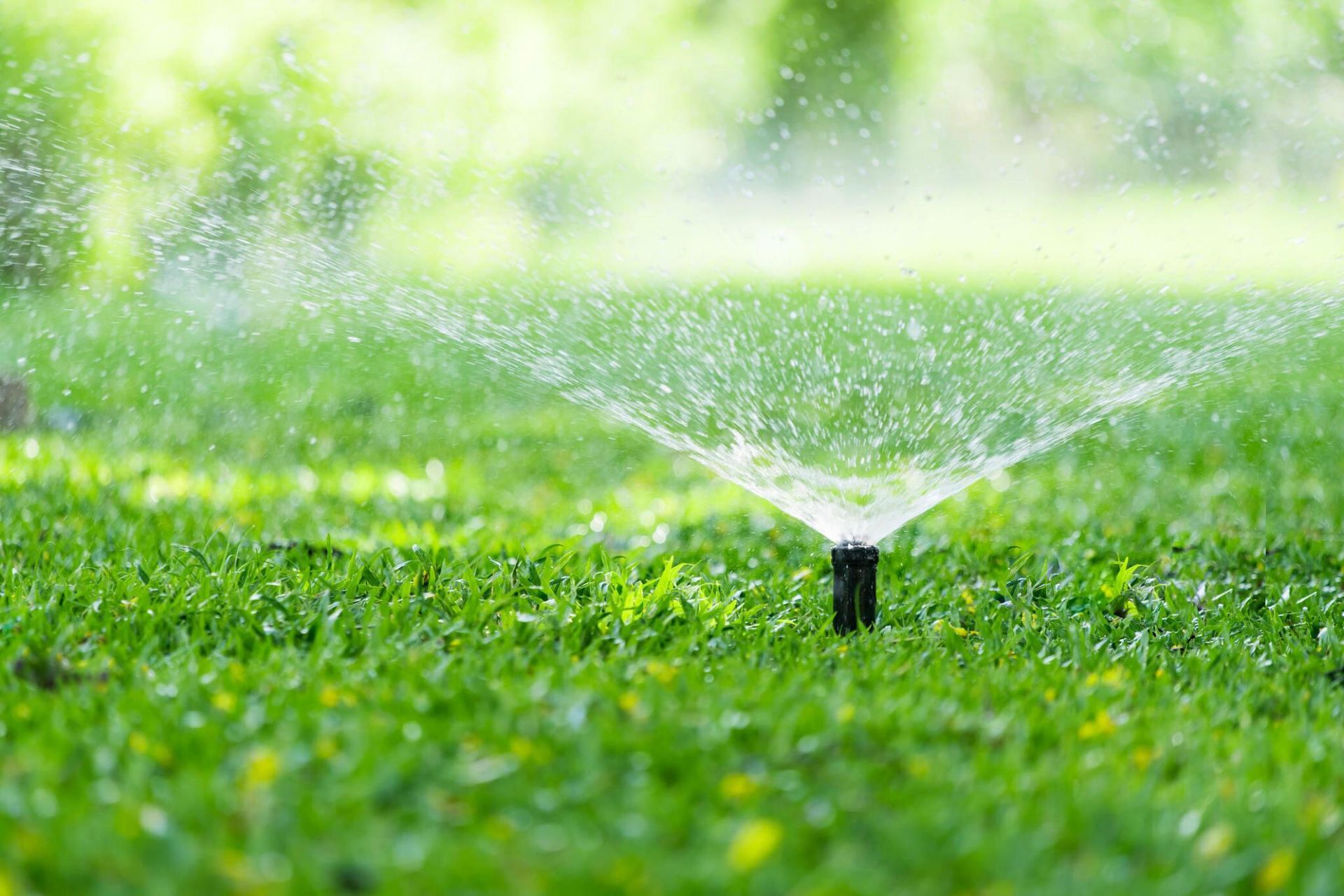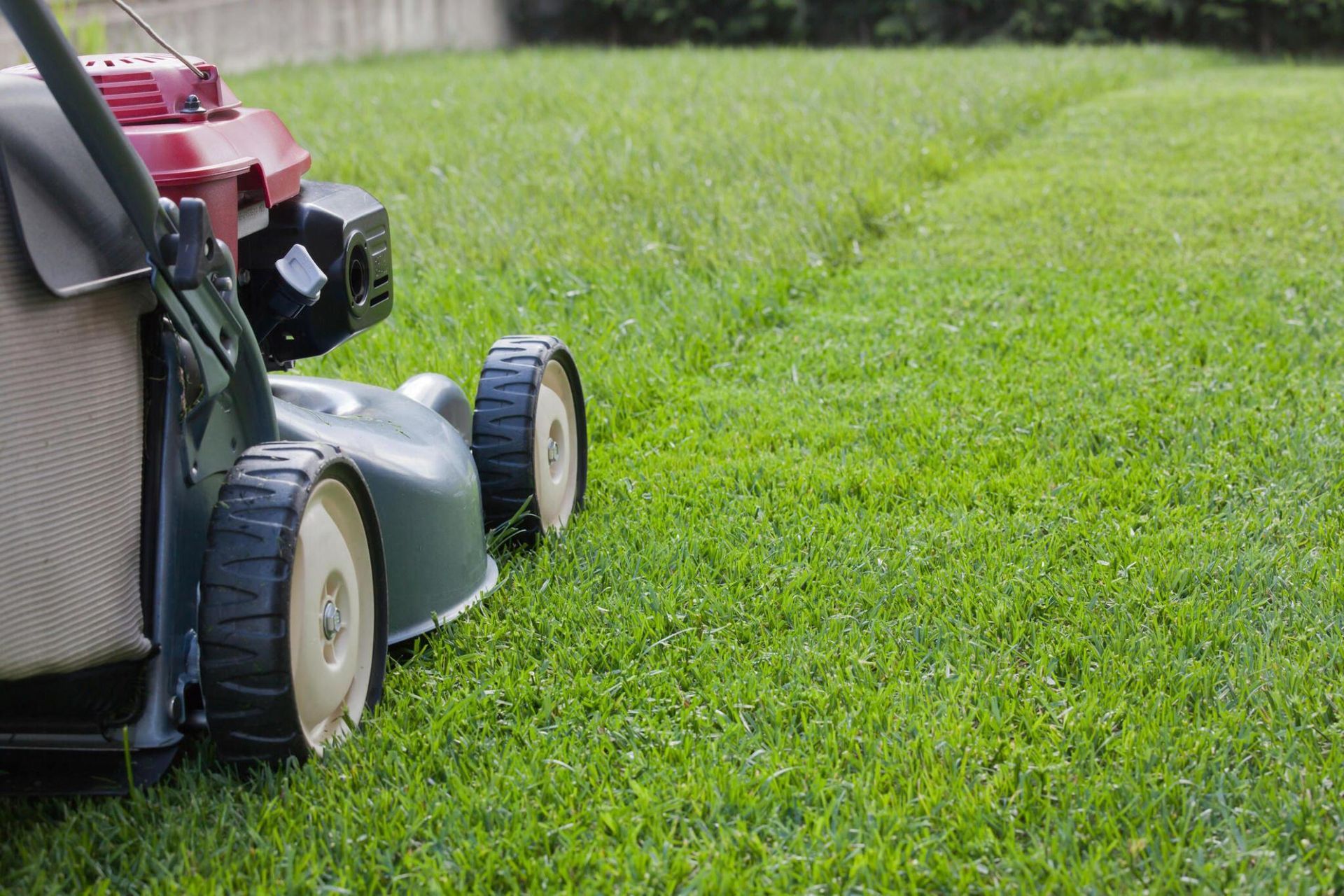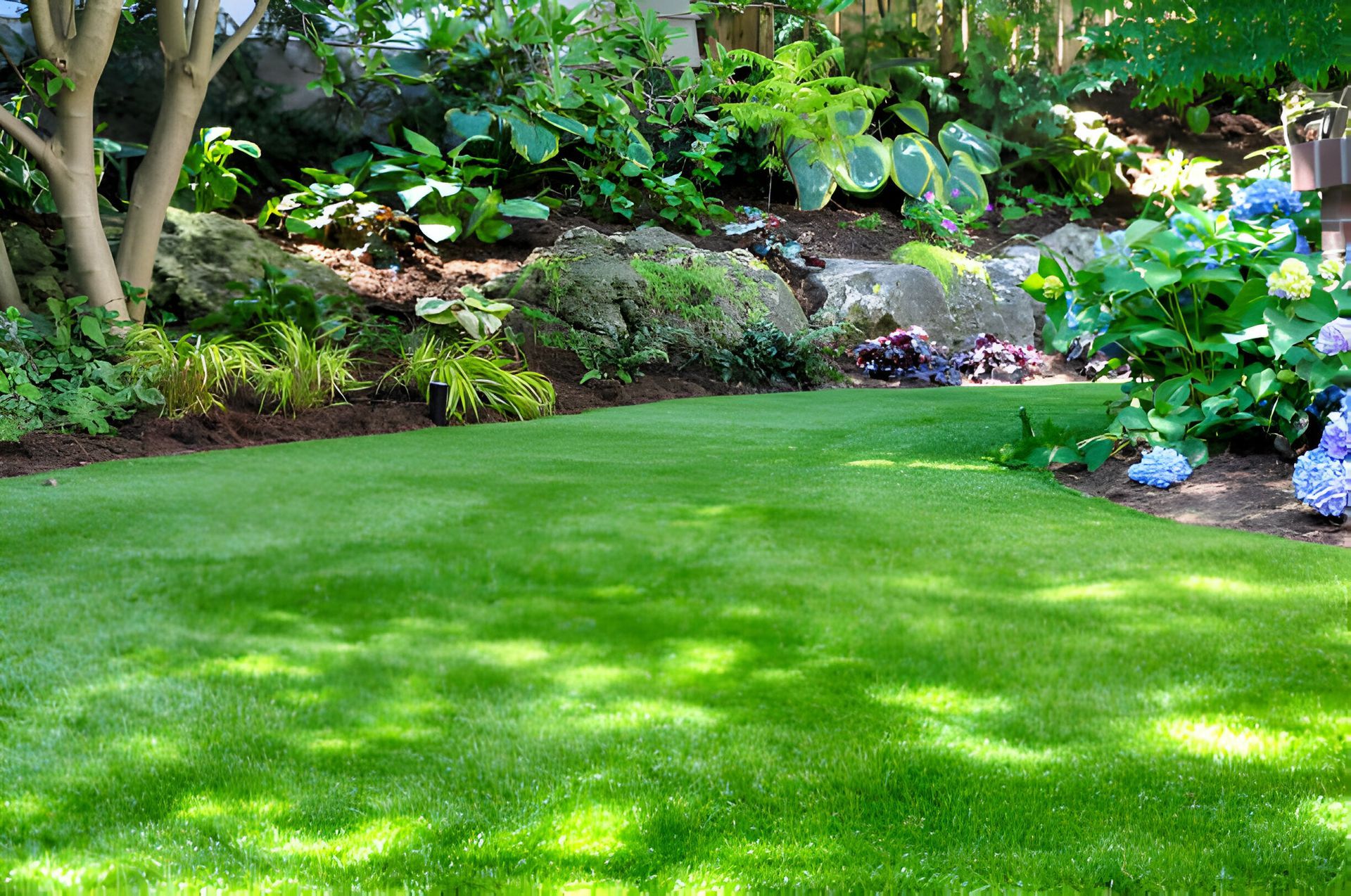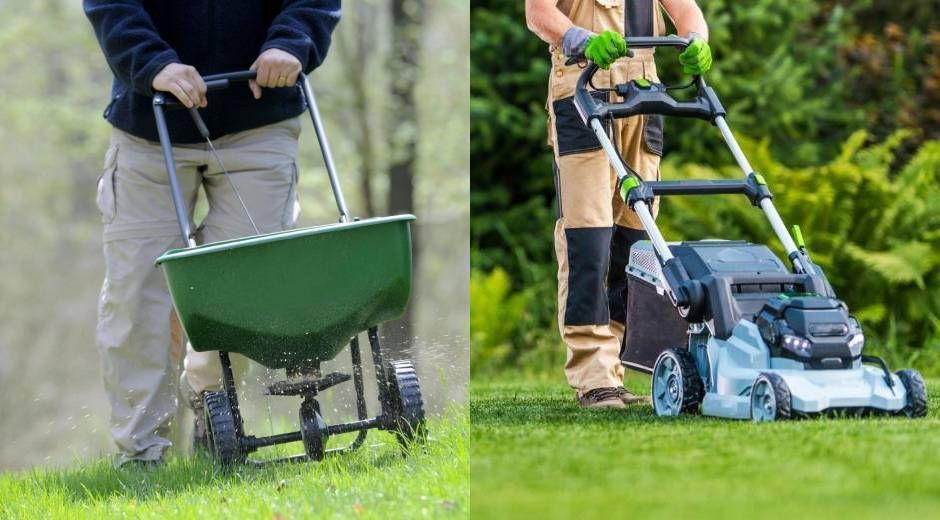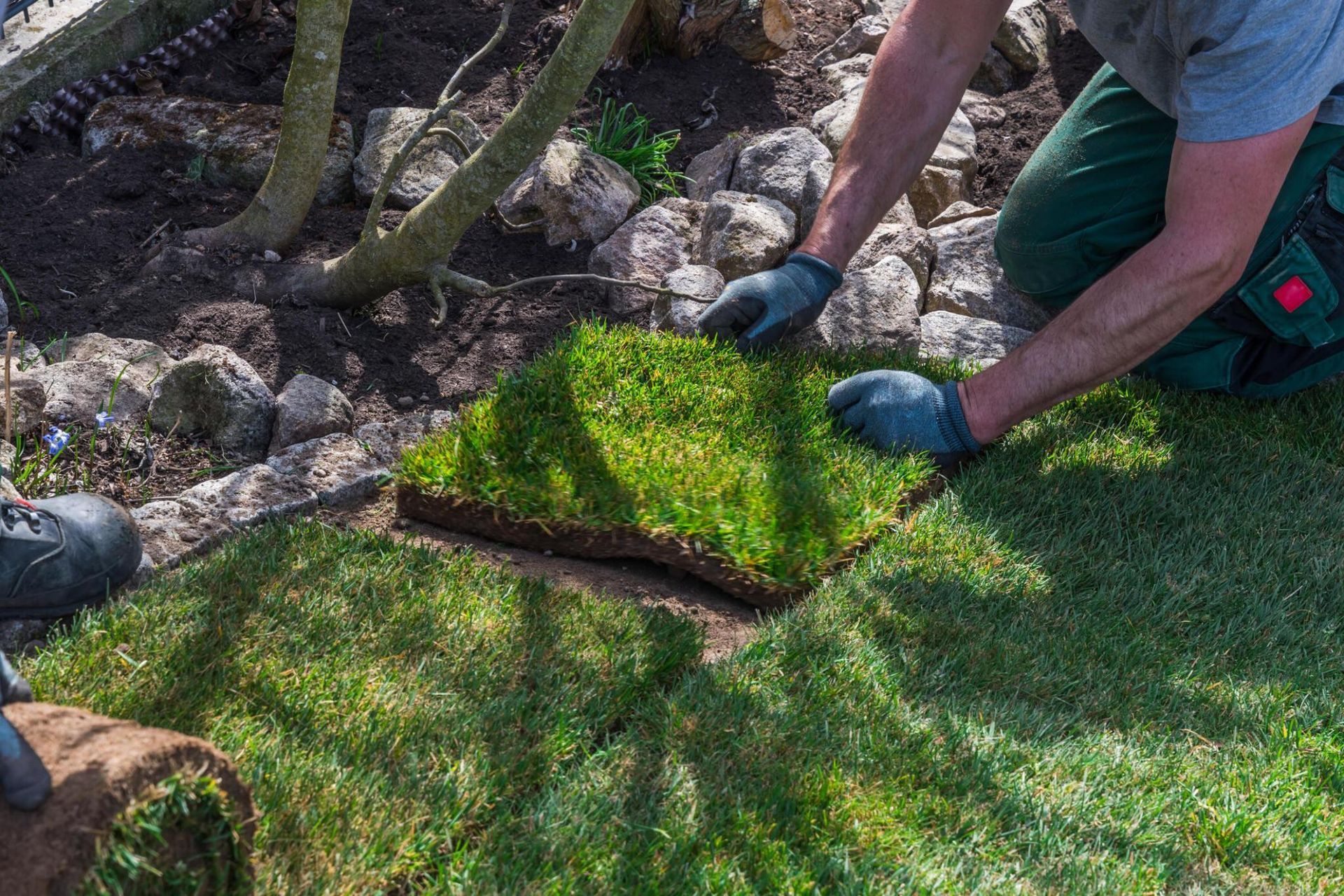How to Revive a Dying Lawn: Tips from the Pros
A lush, green lawn is not just an emblem of a well-cared-for home; it's an oasis of calm in a hectic world. However, maintaining the landscape isn't all sunshine and sprinklers. Even the hardiest grass can wither and die, succumbing to the trials of weather, wear, and the occasional plague of pests.
In order to bounce back from a lawn that's lost its luster, we must descend into the grassroots of lawn care and unearth the secrets of soil, sunlight, and sustenance. It's time to renew that verdant vision. Here's your guide to breathing life back into your outdoor carpet.
Importance of Maintaining a Healthy Lawn
Before we delve into the intricacies of lawn revival, let's underscore the significance of a healthy lawn. A well-maintained lawn not only adds value to your home but also serves as a natural air purifier, cooling the atmosphere, reducing noise pollution, and preventing erosion. It's a nod to the aesthetics of your space and the commitment of the homeowner to a thriving ecosystem.
The Idyllic Symbolism of a Green Lawn
A green lawn evokes a sense of wellbeing and harmony with nature. It's where children play, dogs stretch, and life unfolds in the little moments of peace. But beyond its role as a family haven, a lawn stands as an all-natural filter, combating climate change one blade at a time.
Your Lawn: More than a Patch of Grass
Think of your lawn as a canvas for biodiversity and wellness. When its verdant embrace spans the horizon, it creates a microclimate that benefits both humans and the environment. Preserving such a treasure trove isn't merely about aesthetics; it's a statement of environmental consciousness and a wonderful responsibility.
Assessing the Situation: Diagnosing Your Lawn's Ailments
Like a skilled physician, the first step to healing your lawn is diagnosis. Is your grass suffering from overzealous watering, neglectful mowing, or a sinister infestation? By pinpointing the problem, you pave the way for a targeted solution.
Signs and Symptoms of a Declining Lawn
Yellow patches, compacted soil, or the encroachment of weeds are red flags. They signal distress and demand attention. Recognizing these signals is pivotal to initiating a recovery process that aligns with your lawn's specific needs.
The Soil Component: A Neglected Paradigm
Healthy grass begins with fertile soil. If the foundation is feeble, so too will be the growth. Soil that's too acidic or alkaline can erode the vitality of your lawn. It's essential to start with a soil test, providing insights into nutrient deficiencies and pH imbalances.
Lawn Care Basic Maintenance
Regular lawn maintenance is important as it is the foundation of lawn care. This process consists of mowing, watering, fertilization, and vigilant pest control. By doing these you can build your first line of defense in any challenges on your lawn.
Mowing and Mulch: Risks and Rewards
Mowing may seem instinctive, but there's an art to this seemingly simple chore. The height and frequency of your cuts can invigorate or inhibit growth. Equally important is the disposal of clippings. Mulching installation can nourish the soil, but when it's done poorly, it can smother the grass.
Water Wise: The Quenching Conundrum
Water is life, and the same holds true for your lawn. However, overwatering can be as detrimental as drought, fostering shallow root systems and a breeding ground for disease. Delving into watering techniques is essential for resurrecting your turf.
Fertilizer Usage: Balancing Act
Balanced fertilization is the bridge between soil and growth. Understanding the nutrient demands of your grass, and providing the right kind of fertilizers in the proper quantities at the correct times, is a science that demands acknowledgment.
The Menace and Management of Weeds and Pests
A lawn's nemesis comes in various forms; some scar the surface, while others gnaw at the roots. Combatting these foes is a two-pronged approach—prevention and targeted eradication. By keeping a watchful eye, you can interrupt the life cycles of pests and weeds, curbing their conquest.
Reviving a Dying Lawn: Advanced Care Techniques
When your lawn is on life support, it's time to bring out the heavy machinery—literally. Aeration, dethatching, and introducing new seeds can turn the tide, breathing in new life and vigor to your lawn.
The Art of Aeration
Compacted soil is the kryptonite to grass roots. Aerating your lawn provides pockets of air and space, crucial for oxygen, water, and nutrient flow. Timing and methods of aeration are pivotal steps not to be overlooked.
Overseeding and Topdressing: The Sowing of a Second Chance
If your lawn has patchy baldness, overseeding can fill in the gaps with new and resilient grass varieties. Topdressing with compost provides an armor of organic nutrients, shielding tender shoots and fortifying the sod.
Balancing Act of Soil Amendments
Beyond aeration and new seeds, sometimes the soil itself requires an intervention. Lime and sulfur can neutralize pH, while amendments like compost and manure boost organic matter and provide a hospitable habitat for roots.
Professional Tips and Tricks: Insights from the Experts
After spending lots of time taking care of lawns, experts have learned a bunch of useful stuff. They know how to deal with bugs and adjust to different weather in their area. We can pick up some helpful tips below from the lawn pros.
Wisdom from the Turf Titans
Seasoned lawn care pros have seen it all. Their advice is rooted in trial and error, offering a shortcut past the common lawn care mistakes beginners often make. Understanding the local ecology and embracing sustainable practices can elevate your lawn care game.
Pitfalls to Avoid: Lessons in Revival
Reviving a dying lawn is fraught with potential hazards. The wrong fertilization, a hasty aeration, or an errant choice in grass species can set your progress back. Learning from the failures of others can spare you from these setbacks.
Maintenance and Long-Term Care: Sustaining Your Lawn's Recovery
You've embarked on the journey to rehabilitate your lawn, but this is a marathon, not a sprint. Long-term care sustains the revival, ensuring that your lawn remains a vibrant testament to your stewardship.
Establishing a Consistent Lawn Care Routine
Consistency is the bedrock of successful lawn care. Mow regularly at the right height. Water deeply but infrequently. Fertilize on a schedule that fits your lawn's lifecycle. These routines are the backbone of your maintenance plan.
Adapting to Seasonal Needs
Lawn care is not one-size-fits-all. Spring's needs differ from summer's, and fall's from winter's. Understanding these seasonal nuances and adapting your approach accordingly is as essential as the practices themselves.
Contact Green Lawns Solutions for Professional Lawn Care
At Green Lawns Solutions, we specialize in delivering premier landscaping services aimed at fostering lush green landscapes and robust vitality in your outdoor areas. Our seasoned team employs cutting-edge methods and environmentally conscious approaches, encompassing precise mowing, strategic fertilization, and effective weed management. Contact Green Lawns Solutions today to arrange your consultation and embark on the path toward a more verdant and resilient lawn with Green Lawns Solutions.
Conclusion
Reviving a dying lawn demands understanding the ecosystem beneath our feet and implementing targeted solutions. A healthy lawn benefits both homeowners and the environment. By addressing soil health, maintenance practices, and pest management, we can rejuvenate our lawns. Embracing advanced care techniques and learning from professionals are key. Long-term maintenance is crucial for sustaining the recovery. Consistent care and adapting to seasonal needs are vital for preserving the beauty and benefits of our lawns.
